Top Things to Know Before Buying Indoor Plant Pots
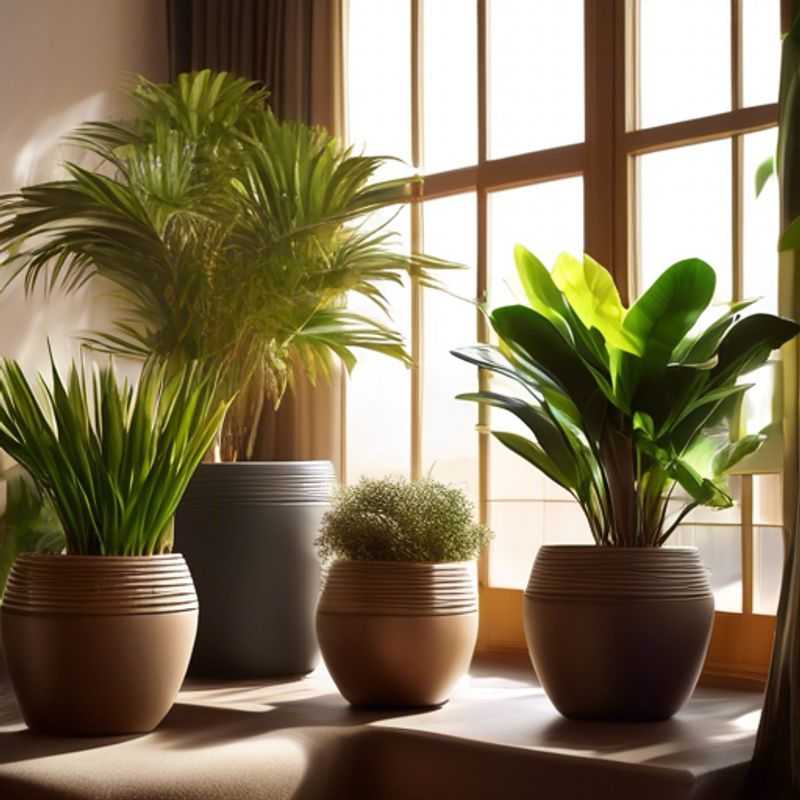
Top Things to Know Before Buying Indoor Plant Pots: Measure, Material, Drainage, Saucer, Research, Aesthetics, and Stability
Ah, the quest for the perfect pot! It's a journey fueled by both practical considerations and aesthetic desires.
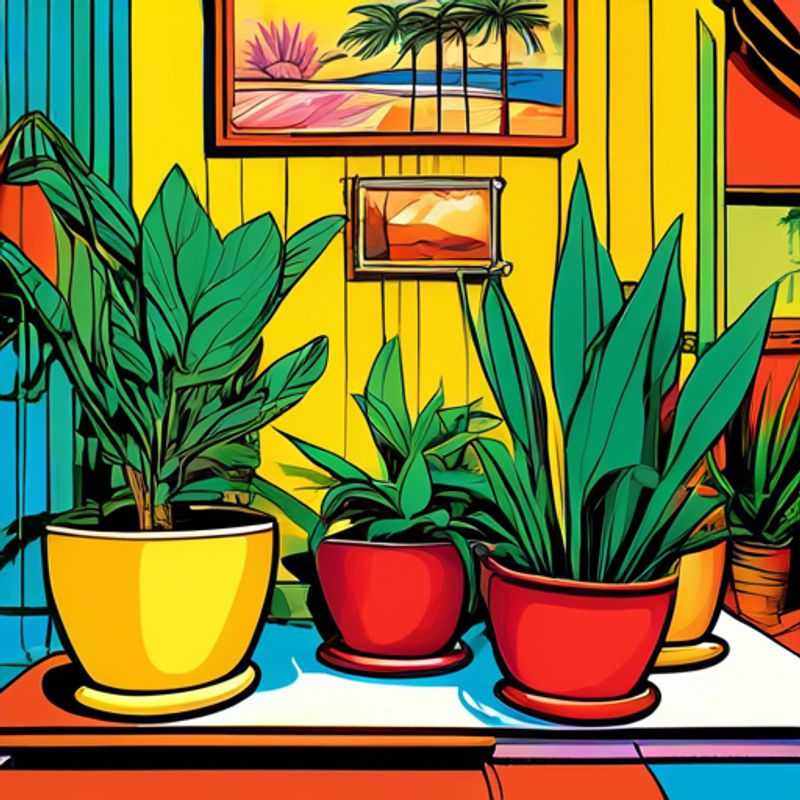
Measure Up, Grow Up: Determining the Right Pot Size for Your Green Thumb
Before you head to the garden center to pick out a new pot, take a moment to measure the space you have available at home. This might sound obvious, but getting the right size pot is key to your plant's happiness.
Think about where you want to place your plant. Consider the light conditions and the overall aesthetic of your space. Once you've chosen a spot, measure the width and depth of the area where the pot will sit.
Remember, the pot shouldn't be too big. A pot that's too large can lead to excess water retention, potentially harming your plant's roots. Choose a pot that's only slightly bigger than the plant's root ball, allowing for a couple of inches of extra space.
If you're buying a new pot, consider the material. Terracotta pots are porous, meaning they allow for good drainage, but they can also dry out quickly. Plastic pots are more affordable and retain moisture better.
Measure twice, plant once! A little planning goes a long way in making sure your plant thrives in its new home.
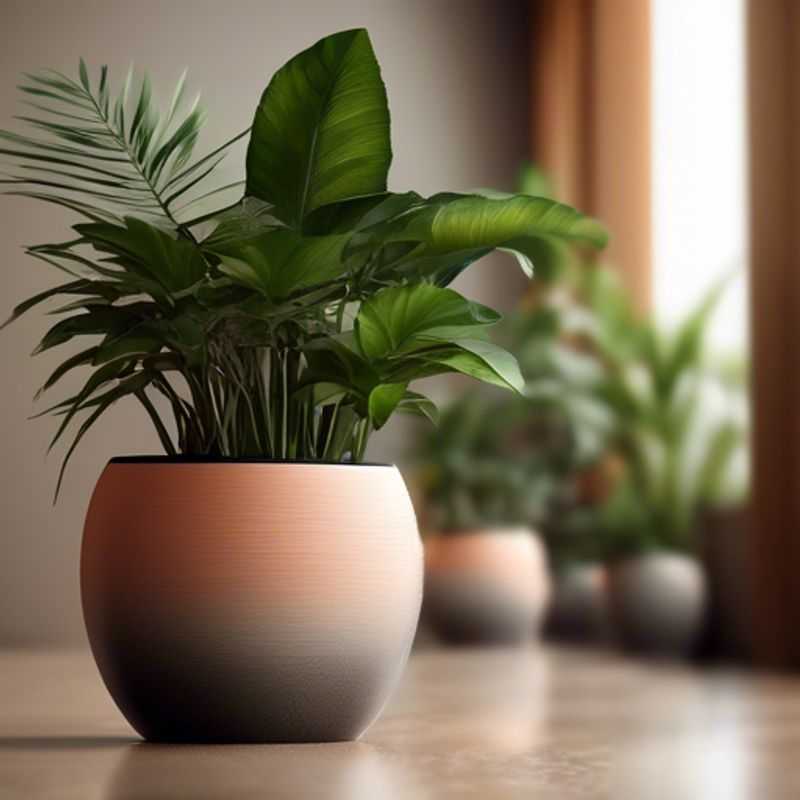
Choosing the Right Pot Material: A Plant's Perspective
The material of your pot can significantly influence the growth and health of your plants. Ceramic pots, known for their elegance, are excellent at retaining moisture, making them suitable for plants that prefer consistent hydration. However, their tendency to dry out slowly might lead to overwatering if not carefully monitored.
Terracotta pots, with their porous nature, are ideal for plants that appreciate well-draining soil, as they allow excess water to evaporate, preventing root rot. But their porousness also leads to faster drying, requiring more frequent watering.
Plastic pots, often favored for their affordability and lightweight, are excellent for beginners, as they provide a consistent environment for plants. They can hold moisture effectively, but their lack of breathability might require extra attention to prevent overwatering.
When choosing a pot material, consider your plant's individual needs, its watering requirements, and your own level of experience. Observing your plant closely for signs of overwatering or underwatering is crucial, no matter the pot material.
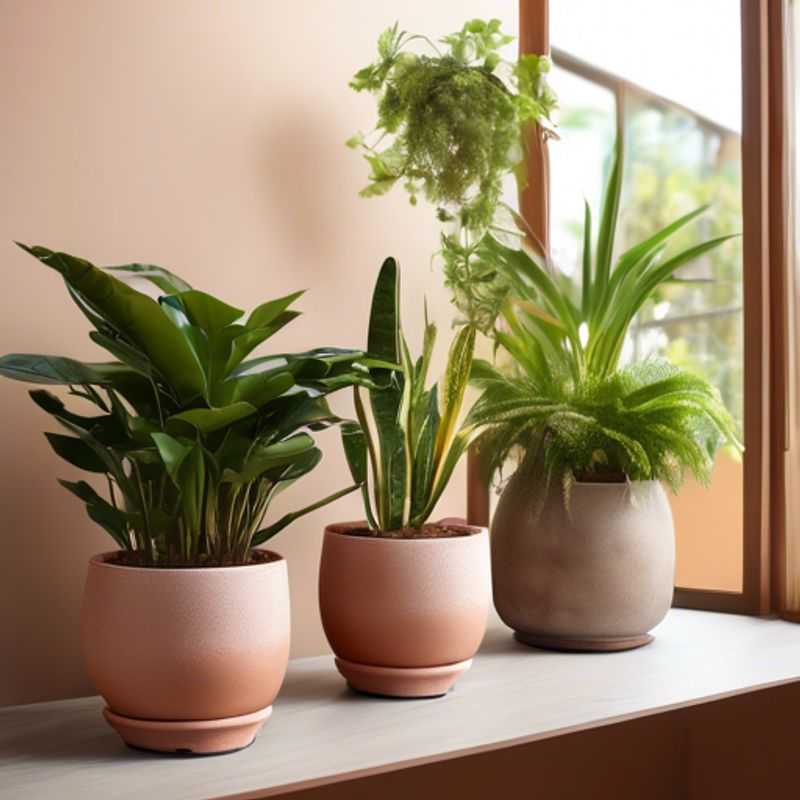
Drainage Holes: The Secret Weapon Against Waterlogged Plants
When choosing pots for your plants, one crucial factor often overlooked is the presence of drainage holes. Drainage holes are essential for preventing waterlogging and root rot, both of which can seriously harm your plants.
Waterlogging occurs when excess water accumulates in the pot, suffocating the roots and depriving them of oxygen. This can lead to root rot, a fungal disease that damages and eventually kills roots. The absence of drainage holes traps water in the pot, creating a breeding ground for harmful microorganisms.
To ensure proper drainage, look for pots with multiple drainage holes at the bottom. The size and number of holes are important. Small holes can lead to slow drainage, increasing the risk of waterlogging. Larger holes with a good number of them allow excess water to escape quickly, promoting healthy root development.
Beyond drainage holes, consider using a well-draining potting mix. These mixes are formulated to allow water to pass through easily, reducing the risk of waterlogging. You can also add a layer of gravel or pebbles at the bottom of the pot to improve drainage.

Say Goodbye to Watery Messes: The Importance of Saucers and Trays for Your Pots
Opting for pots with saucers or trays offers a practical solution for managing excess water and safeguarding your surfaces. Saucers and trays provide a dedicated space to catch water that drains from the pot, preventing it from pooling on your furniture, flooring, or other surfaces. This is especially important for plants that are prone to overwatering, as it helps to prevent water damage and maintain a cleaner environment.
When choosing pots, look for those with a saucer or tray that is compatible with the pot's size and design. You can also find saucers and trays separately to accommodate existing pots. Consider the material of the saucer or tray, as some materials, such as plastic, are more resistant to water damage than others.
Important Tip: Regularly empty the saucer or tray to prevent water from becoming stagnant. This helps to maintain a healthy environment for your plants and reduces the risk of pests or mold growth.
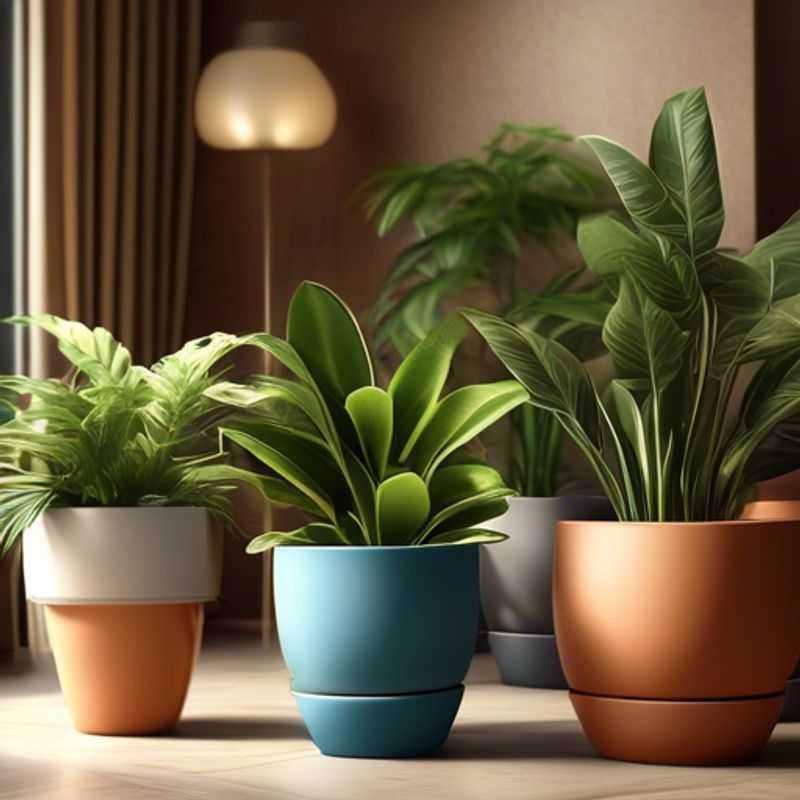
Matching Plants to Pots: Understanding Care Requirements
Before you bring a new plant home, it's crucial to research its specific needs. You'll want to understand how much light, water, and nutrients your chosen plant requires. These requirements can vary wildly depending on the species. Some plants thrive in bright, direct sunlight while others prefer shade. Similarly, some plants need consistent watering while others are drought-tolerant.
You should also consider the size of the pot. Make sure it's large enough to accommodate the plant's roots as it grows. A pot that's too small can restrict growth and even lead to root damage. The type of soil is also important. Some plants prefer well-draining soil while others need a denser mix. Consider using a potting mix specifically designed for the type of plant you are growing.
For additional guidance, consult a local nursery or gardening expert. They can provide personalized advice based on your specific climate and growing conditions. You can also find comprehensive care guides online, but be sure to use reliable sources.
Remember, the best way to ensure a thriving plant is to understand its needs and provide them. By taking the time to research your plant's care requirements, you'll set it up for success and enjoy its beauty for years to come.
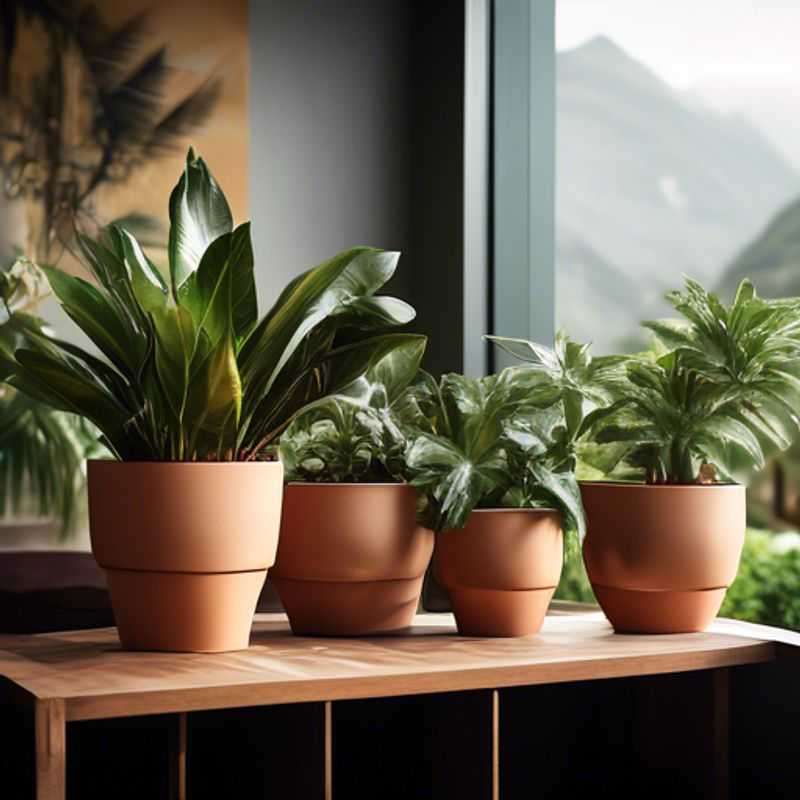
Choosing the Perfect Pot: A Guide to Complementing Your Living Space's Aesthetic
Choosing the right pot for your plant can elevate its beauty and enhance your living space's aesthetics. Consider the style of your decor and the plant's size and shape. A modern minimalist space might call for sleek ceramic pots, while a rustic farmhouse style might benefit from terracotta or woven baskets.
Color plays a crucial role in harmonizing the pot with your surroundings. Neutral tones like white, gray, or black provide a clean and modern look, while vibrant hues like blue, green, or terracotta can add pops of color and contrast. Think about the existing color scheme and choose a pot that complements or contrasts effectively.
Material choices are equally important. Terracotta pots are classic and porous, allowing for good drainage. Ceramic pots offer a wide range of designs and colors, while metal pots provide a contemporary touch. Consider the plant's needs – some plants prefer breathable materials, while others thrive in glazed pots.
Don't underestimate the power of texture. Smooth pots offer a sleek and sophisticated look, while textured pots with intricate patterns or embossed designs add visual interest and depth. The texture should complement the overall aesthetic of your living space.
The size and shape of the pot are essential for the plant's health and visual appeal. Choose a pot that is slightly larger than the plant's root ball to allow for growth. The pot's shape should complement the plant's natural form. A tall and slender pot might suit a cascading plant, while a wider pot would be better for a bushy plant. Remember, the pot should enhance the plant's natural beauty without overpowering it.
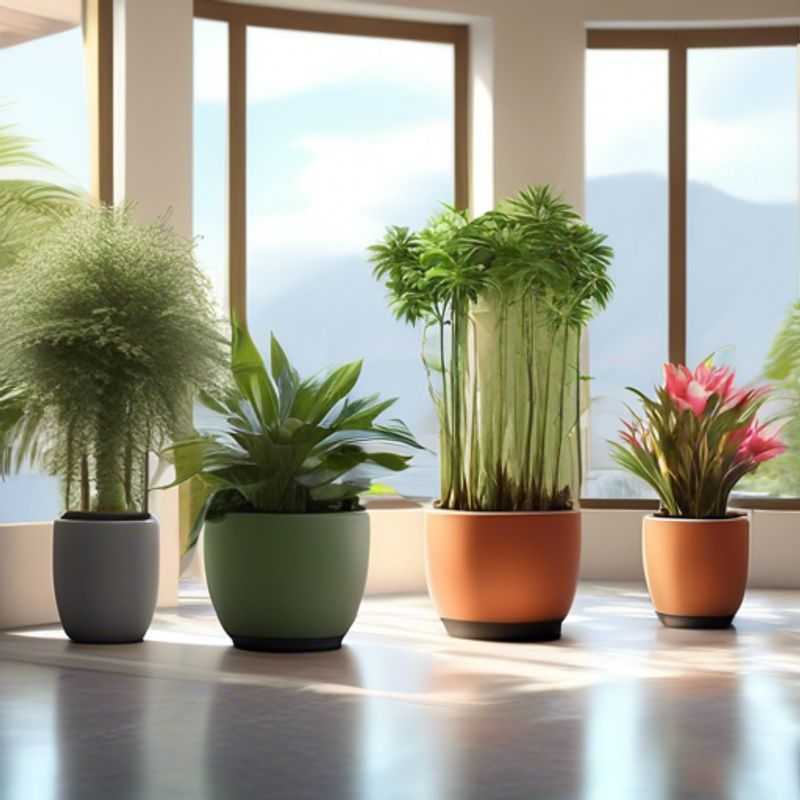
Pot Stability: Ensuring Your Plants Thrive
Choosing the right pot for your plant is crucial for its growth and stability. A pot that's too light or unstable can easily tip over, damaging your plant and potentially injuring you or others. Here are some key factors to consider when selecting a pot:
Weight: Opt for a pot that's heavy enough to provide a solid base, especially for larger plants. This stability prevents them from toppling over easily. Consider the weight of the soil and plant when making your choice.
Stability: Beyond weight, the shape and design of the pot matter. Pots with a wider base are naturally more stable than those with a narrow base. Look for a pot with a solid bottom, avoiding flimsy or wobbly options.
Material: Pots made from heavy materials like terracotta or ceramic are great for stability, but lighter materials like plastic can also work well. Choose based on your needs and desired aesthetic. Important Note: Ensure the pot has drainage holes to avoid waterlogging.
Size: Select a pot that's proportional to the plant's size. While smaller pots might seem convenient, they often require more frequent watering and can restrict root growth. A larger pot with adequate weight and stability will provide ample space for your plant to thrive.
Additional Considerations:
If you're concerned about stability, consider adding weights to the base of the pot. You can also choose pots with sturdy stands or place them on stable surfaces.
When handling larger pots, be sure to lift with your legs, not your back. Use a dolly or cart to transport heavy pots safely.
By paying attention to these factors, you can ensure your plants enjoy a stable and supportive environment, allowing them to flourish.
